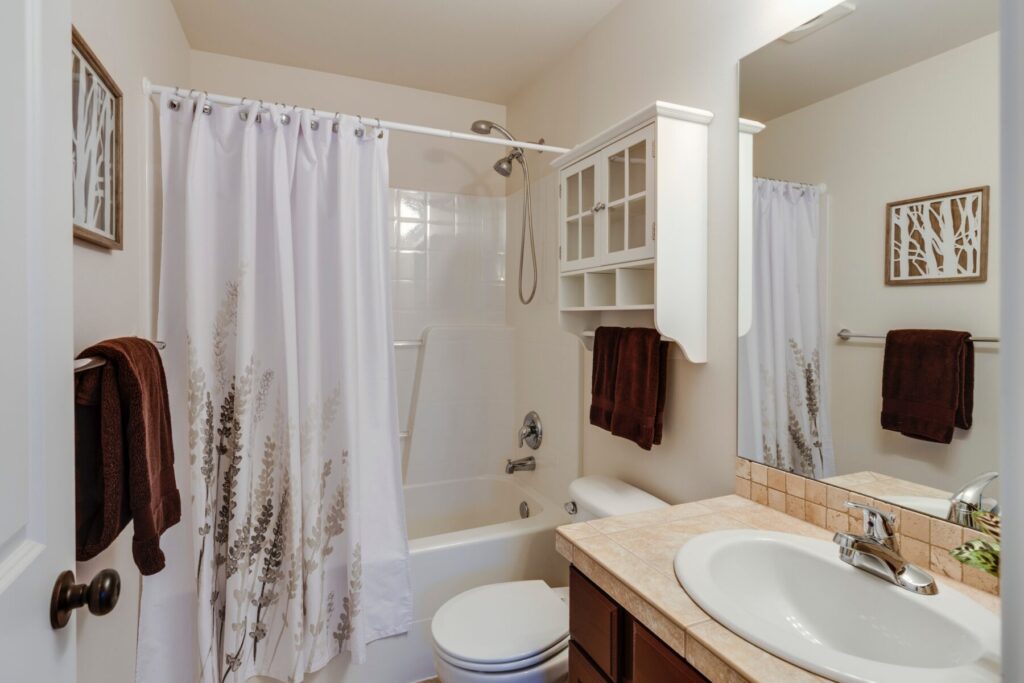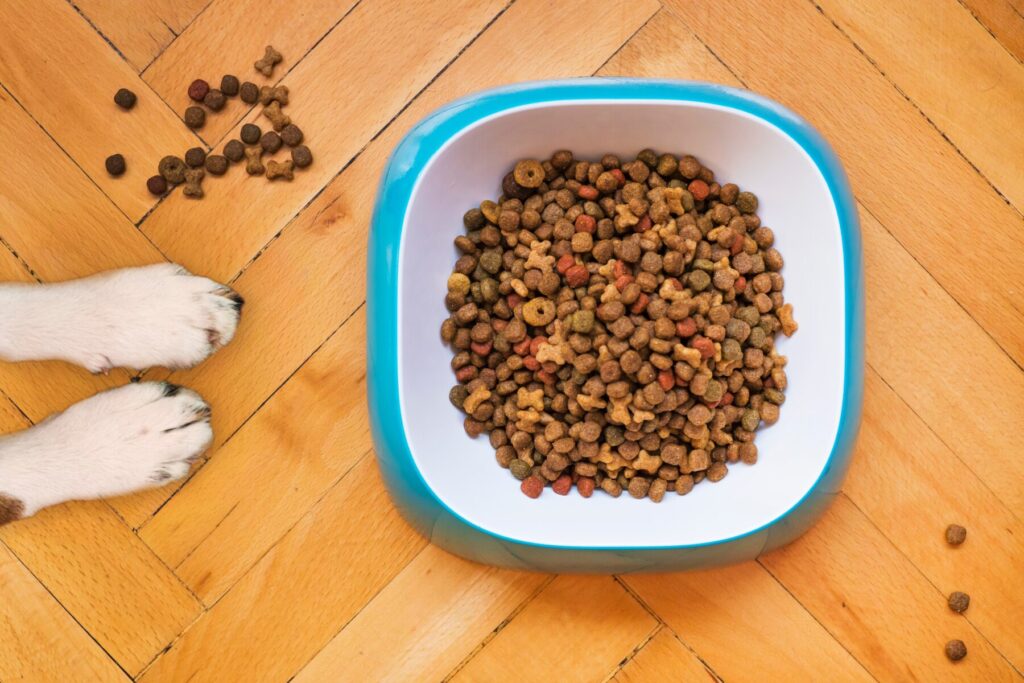When someone experiences a fall, one of the first things they do is start to stay at home more often, especially in the winter. Winter weather advisory? Nope, I’ll skip my yoga class today. Chance of freezing rain? I’d better reschedule my doctor’s appointment. We’re going to get a light dusting of snow that will melt by 8:00 am tomorrow? Maybe the neighbor could go to Wegmans for me. I don’t want to take a chance that the parking lot could be slippery.
After a fall happens, we get scared and that’s normal. We are afraid that it will happen again, and afraid that next time, we won’t be so lucky. Maybe we walked away with only a bump or bruise, but it left us shaken and we don’t want to take any chances. Better to stay home, out of icy parking lots, away from slushy floors. It’s not long before we decide to stay home because it’s raining, because the sidewalks are uneven, or because the crowds are difficult to navigate. The reasonable safety measure starts to snowball.
It’s good thinking, up to a point. If you’re nervous about having a fall, it makes sense to avoid the situations where falls might happen. There’s only one problem: most falls actually happen at home. You’re taking all these protective steps, but it’s like being in one of those horror movies where the call is coming from inside the house.
There’s only one choice – we have to take action to make our homes safer. If you’ve read my last two blogs on the subject of falls (and if you haven’t, why not? They’re delightful!), you’ve learned that you need to (a) build strength to combat muscle loss and (b) reduce other risk factors that might apply to you. Your next task is to make your environment safer by eliminating some common home hazards.
(Side note for any fellow Gen Xers – next time you do a home or bathroom remodel, consider adding some of the features discussed below. Even if you don’t need them yet, you will soon enough. If you’re having the work done anyway, you might as well do some of these things now.)
Bathrooms
A lot of falls happen in bathrooms. According to the Centers for Disease Control and Prevention, 80% of falls take place in the bathroom. Bathrooms are slippery places, right? Showers, bathtubs, sinks. Lots of water splashing around. Most bathroom falls happen getting into or out of the shower or tub. As we get older, though, a surprising number of falls happen that involve the toilet. Part of that is muscle weakness or balance issues – lowering oneself onto the toilet and standing back up or trying to keep one’s balance while standing to urinate. But also, maybe you’re rushing to get to the toilet, trying to undo your belt or unbutton your pants. Now you’ve got clothing looped around your legs, making it easier to trip and fall.
Ugh. There’s nothing fun about any of these scenarios. How can you prevent these falls? Well, first, work to build strength. Strong muscles prevent falls. I teach a fall prevention class and we practice squats every single session. When anyone complains, I ask, “Do you still want to be able to go to the bathroom by yourself?” The answer is always a resounding “yes”, accompanied by giggles and guffaws. Everyone wants to stay independent for as long as possible.
Beyond that, there are changes you can make to your bathroom to make it safer. Some of these you may be able to do yourself, or you may need a handy family member or professional contractor.
- Install a non-slip mat or strips on the floor of your shower or bathtub. Place a non-slip rug or mat at the entry/exit point of the shower or tub.
- Use a shower caddy to hold the items you need, like soap, shampoo, etc., at eye level so you don’t need to twist or bend to find them.
- Have grab bars installed inside and outside the shower or tub and next to the toilet and sink. It’s important to note that grab bars and towel bars are NOT the same thing. Even a properly installed towel bar will not bear your weight if you grab it as you fall. It will simply rip out of the wall. Grab bars are safe and sturdy and when installed properly (preferably by a professional), provide reliable support.
- Keep floors clean and dry. Wipe up spills promptly. Spills don’t need to be water to be dangerous. Powders, lotions and body oils can also cause falls.
- Consider a removable or professionally installed shower chair. Removable shower chairs can be purchased at most medical supply stores.
- Upgrade to a “comfort-height” toilet, or install a raised toilet seat to make it easier to get on and off the toilet.

Kitchens
The same slip-reducing recommendations apply to kitchens.
- Clean up spills promptly, whether they come from water, cooking oils, sugar, etc.
- Add a slip-resistant mat in front of the kitchen sink.
- Keep items you use most frequently at eye level and use a sturdy step stool with a handrail to access items stored up high.
Stairways
The older we get, the less likely we are to fall using the stairs, presumably because people use more caution with stairs as they get older or they make an effort to avoid using them at all. Here are some tips to stay safe, no matter your age.
- Use the handrail when you go up or down stairs. Consider adding a second handrail on the other side of staircases for additional support.
- Make sure stairways are well-lit at both the top and bottom, and if it’s a long staircase, in the middle.
- Add a strip of brightly colored tape or paint to the front edge of each step.
- Keep one hand free to hold the handrail when carrying a load up or down the stairs. Use a backpack or shoulder bag to carry multiple items.
- Do not leave items on the stairs to be carried up or down later. Either put them away promptly or put them in a safe place where they will not cause clutter.
- When using stairs, focus on what you’re doing. Don’t talk on the phone, read, eat, or become otherwise distracted. (The Child enjoys giving his parents heart attacks by putting his coat on while walking down the stairs. This is an activity to be avoided also.)
- These tips apply to outdoor stairs as well. Stairs to your entry doors should be well-lit, have at least one handrail and be free from decorative items and clutter.
Hallways
Dark hallways can be a danger spot.
- Make sure hallways are well-lit, with switches available at both ends. Have an electrician add an extra switch, if needed.
- Keep clutter and decorative items out of hallways.
- If you have long hallways, consider having handrails added to the walls.
General
A few other tips for staying safe at home:
- Keep floors clear. Keep clutter from accumulating on the floor and clean up after pets or children. A piece of kibble or a Lego can be a slipping hazard.
- Carry a phone with you when you move around the house, whether it’s a cell phone or a landline-based cordless phone. If you live alone, consider a medical alert device.
- If your doctor has prescribed an assistive device, such as a cane or walker, use it!
- Use smart plugs and home assistants (such as Google Home or Amazon Alexa) that allow you to turn on lights with your voice, instead of fumbling for light switches in a dark room. Some home assistants can also be connected to your phone, allowing you make calls with your voice.
- Get rid of throw rugs, unless they have a slip-resistant backing (such as bath mats). It’s easy to trip over the corner of a throw rug or have it slip out from under you. If you use area rugs in your home, be sure to use an appropriately sized rug pad underneath.

With a little effort, you can make your home a fall-proof zone!
I hope these last few blogs have been helpful. If you feel like you still need help, a wellness coaching appointment can be used for a home falls assessment. We’ll walk through your home (or your parents’ home), together, to discuss risks and potential changes. Contact me today.
Thanks for being with me on this wellness journey.


Leave a Reply